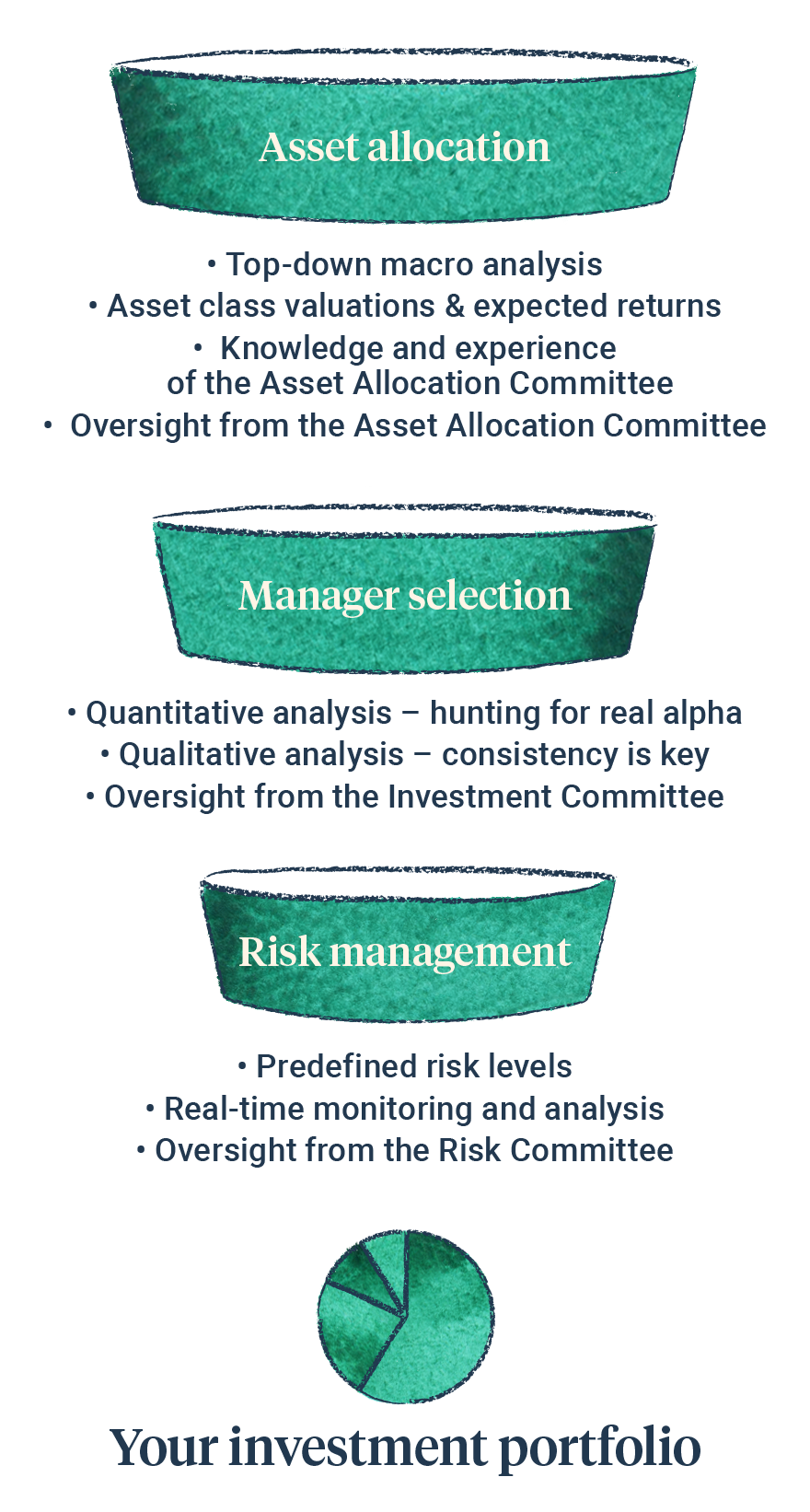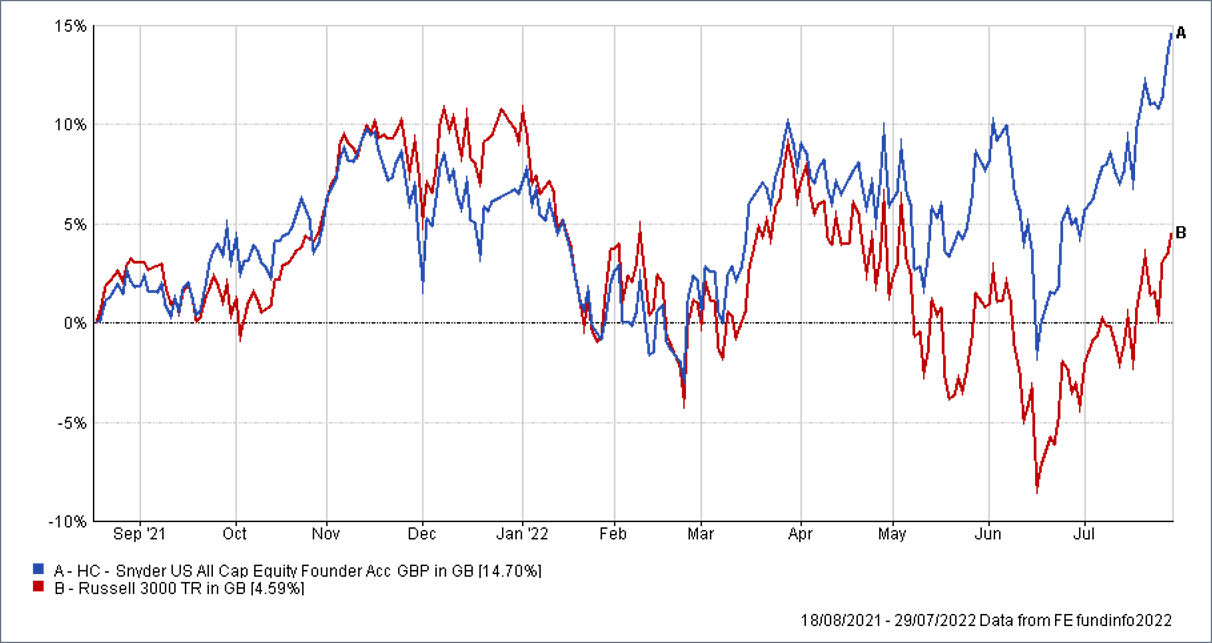Growth (economic)
The macroeconomic outlook is uncertain, with sharp swings in expectations as market participants adjust to new data. We see a slowdown in both world GDP and inflation, with many countries approaching technical recessions. The most recent data shows a small uptick in growth from strong activity in the US, and China re-opening its economy.
Interest rate & liquidity environment
Policy hawkishness is the main feature influencing markets. The central case is that inflation is peaking around now, presaging a peak in interest rates by year end or early 2023 which is being reflected in inverted yield curves. Central banks are reducing their balance sheets and market liquidity which makes policy much more restrictive than headline interest rates imply.
Valuations & earnings outlook
World equity valuations (P/E ratio) have fallen by 30% from their highs in 2021. But being only 2% lower than their 20-year median, aren’t cheap on aggregate. There are some areas that do look cheap, Europe and Japan for example. There is evidence that US corporate margins and earnings are beginning to come under pressure.
Sentiment / flows
Sentiment is very poor based on survey submissions yet in our opinion, actual investor positioning seems more ‘risk on’ with big institutional investors maintaining still high equity weightings. Perhaps the resilient earnings season is helping, and the idea that we may be near the peak in interest rates in the US.








